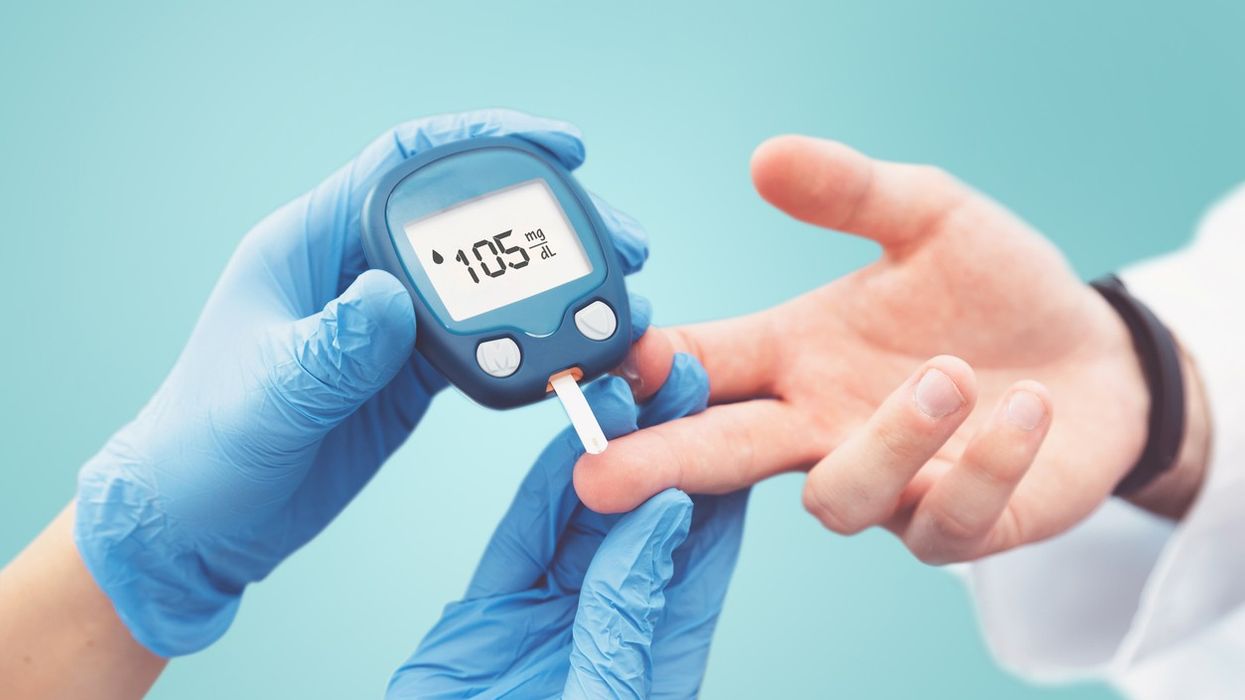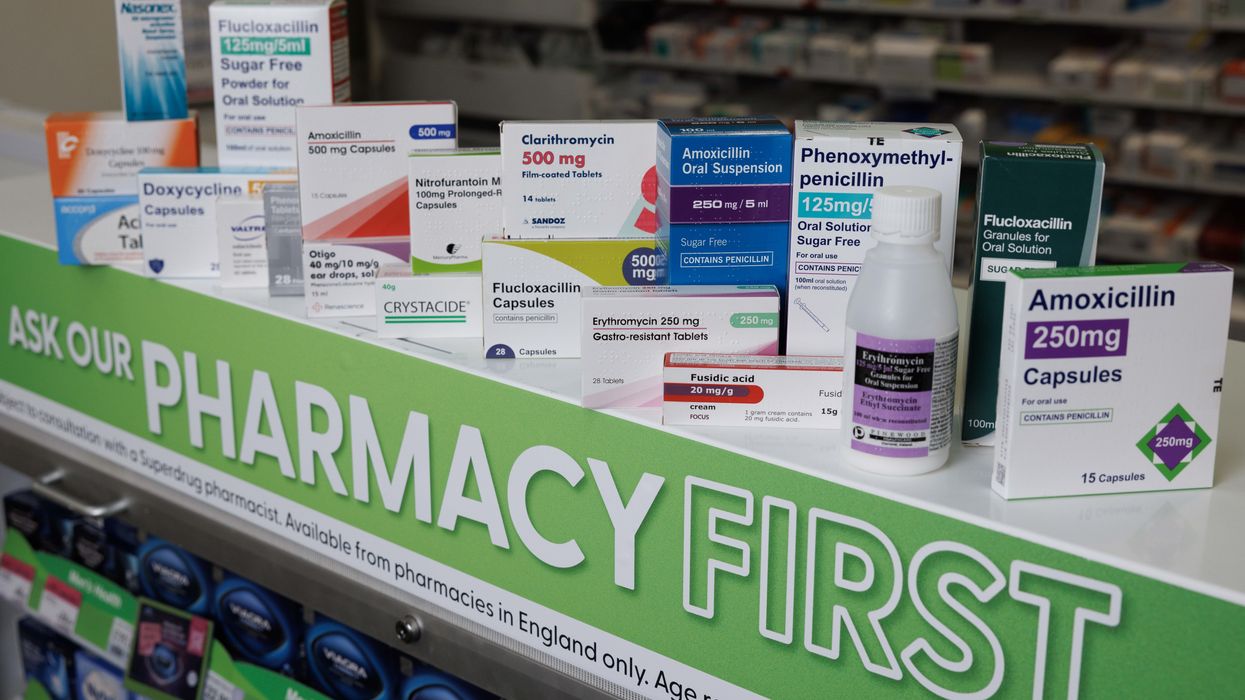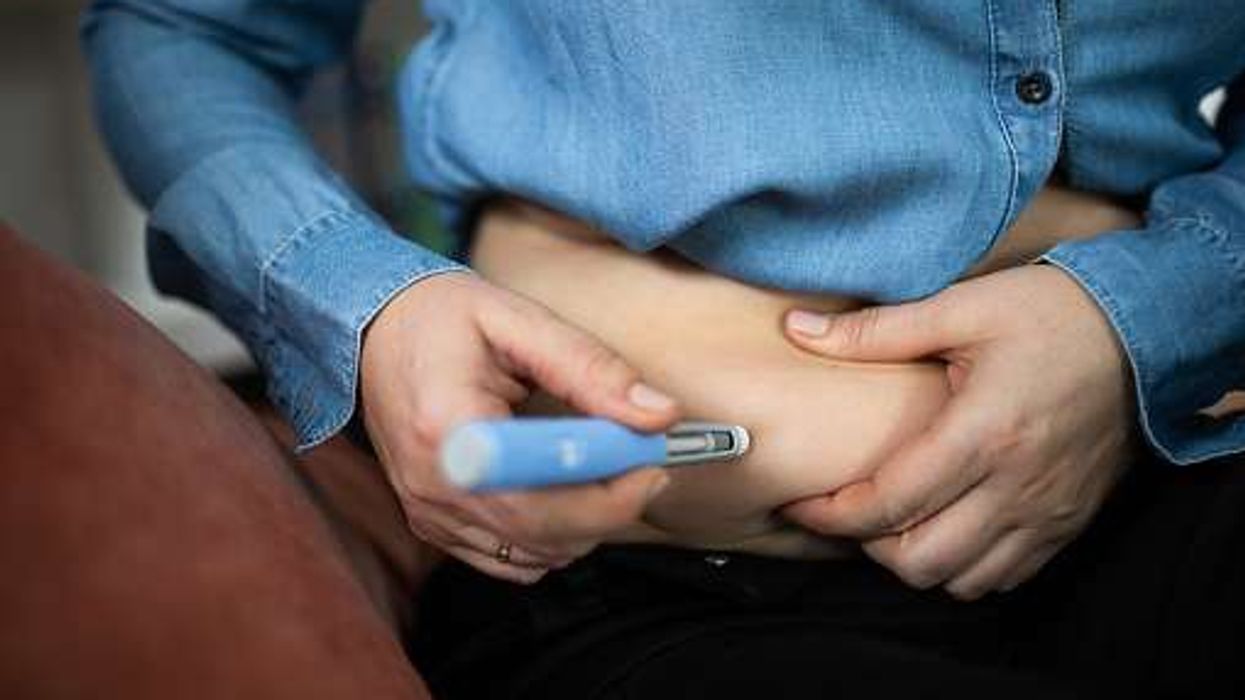There was an almost 25 per cent increase in the number of individuals under the age of 40 at risk of type 2 diabetes
The number of people in England identified as at risk for type 2 diabetes mellitus (T2DM) has increased by over half a million within a year, according to NHS figures.
Data released by the National Diabetes Audit on June 12 showed that 3.6 million people registered with a GP were found to have non-diabetic hyperglycaemia (also known as pre-diabetes) in 2023, compared with 3.1 million people in 2022 — a notable 18 per cent increase or nearly 550,000 people.
Among those under 40 years old, the figures showed an increase of almost 25 per cent from 173,166 in 2022 to 216,440 in 2023.
People with non-diabetic hyperglycaemia have higher-than-normal blood sugar levels, and they are at greater risk for developing type 2 diabetes and cardiovascular diseases. Typically, this condition is detected through routine blood tests at GP surgeries.
Amanda Pritchard, NHS chief executive, expressed deep concern over the figures, emphasising that type 2 diabetes is not only linked to kidney failure, amputation, heart attack, stroke, and many of the common types of cancer, but it also adds pressure to NHS services.
She assured that the NHS will continue to develop services that support people at risk of developing type 2 diabetes to lead healthier lives.
The NHS has introduced a range of innovative services to prevent people from developing type 2 diabetes and to reduce obesity rates, including the world-leading Healthier You NHS Diabetes Prevention Programme.
More than 1.6 million people have been offered support through the nine-month programme, which provides personalised support with practical tools and advice on healthy eating and lifestyle, increasing physical activity and weight management.
Dr. Clare Hambling, National Clinical Director of Diabetes and Obesity at NHS England, highlighted that the prevalence of type 2 diabetes among individuals under 40 is increasing worldwide, including in England.
According to the NHS, around nine out of 10 people in England living with diabetes have type 2.
The NHS England-funded Type 2 Diabetes and the Young (T2DAY) initiative ensures that people living with early-onset type 2 diabetes receive all recommended diabetes health checks, personalised support tailored to their needs, and evidence-based management to stay well and avoid complications.
It includes additional clinical reviews for those aged 18 to 39 years old living with type 2 diabetes.
The ambitious programme, now entering its second year, is believed to be the world-first targeted support for these high-risk people living with diabetes.













